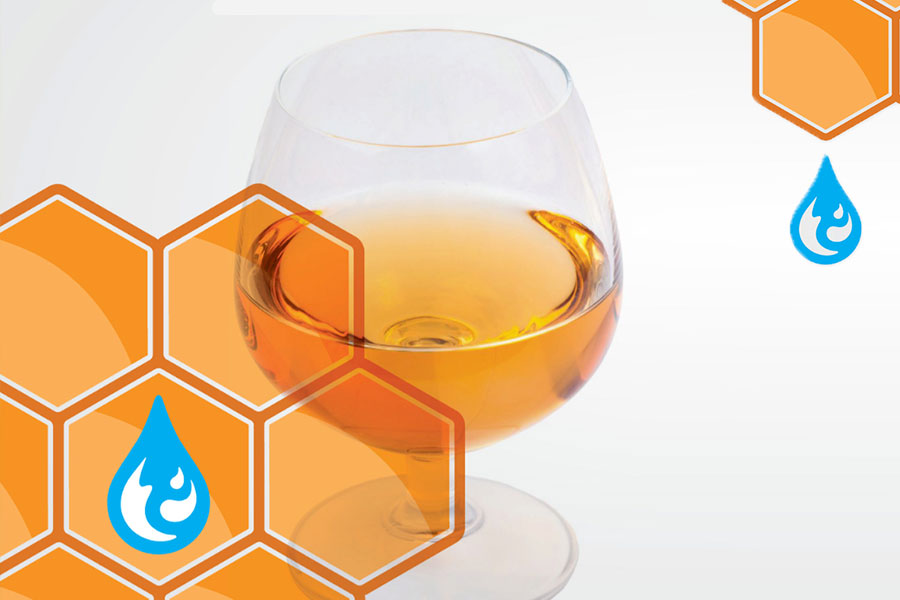

This article originally appeared in the September/October 2015 issue of Zymurgy Magazine
By Aaron Kueck
By Aaron Kueck
Water chemistry is an often-discussed factor in both the brewing process and eventual flavor profile of beers. Water profiles of famous brewing cities are widely published; calculators for adjusting water are easily found on homebrewing forums. As it is in beer, water is a major ingredient in mead, typically constituting 70 to 80 percent of the initial must. Unlike beer, the impact of water chemistry on the fermentation process and flavor profile is largely undiscussed when it comes to mead.
The Experiment
In this experiment, a set of four water profiles was chosen to test the fermentation kinetics and flavor profiles of a simple traditional mead. A single must of distilled water (~3.5 gallons), local upstate New York fall wildflower honey (1 gallon), and a small amount of yeast nutrient (2 g Fermaid K) mixed to an original gravity of 1.100 was divided among four containers. A half-gallon Lalvin DV10 yeast starter, at a specific gravity (SG) of 1.060 using New York summer honey, was used to reduce the need for nutrients (and their associated salts and buffering properties) during fermentation. The starter was decanted off the yeast after two weeks and approximately 70 grams of thick yeast slurry was added to each batch…
Access premium member content for $4.99/month. Join Now
Access premium member content for $4.99/month
Join for $4.99Already a member? Login here
